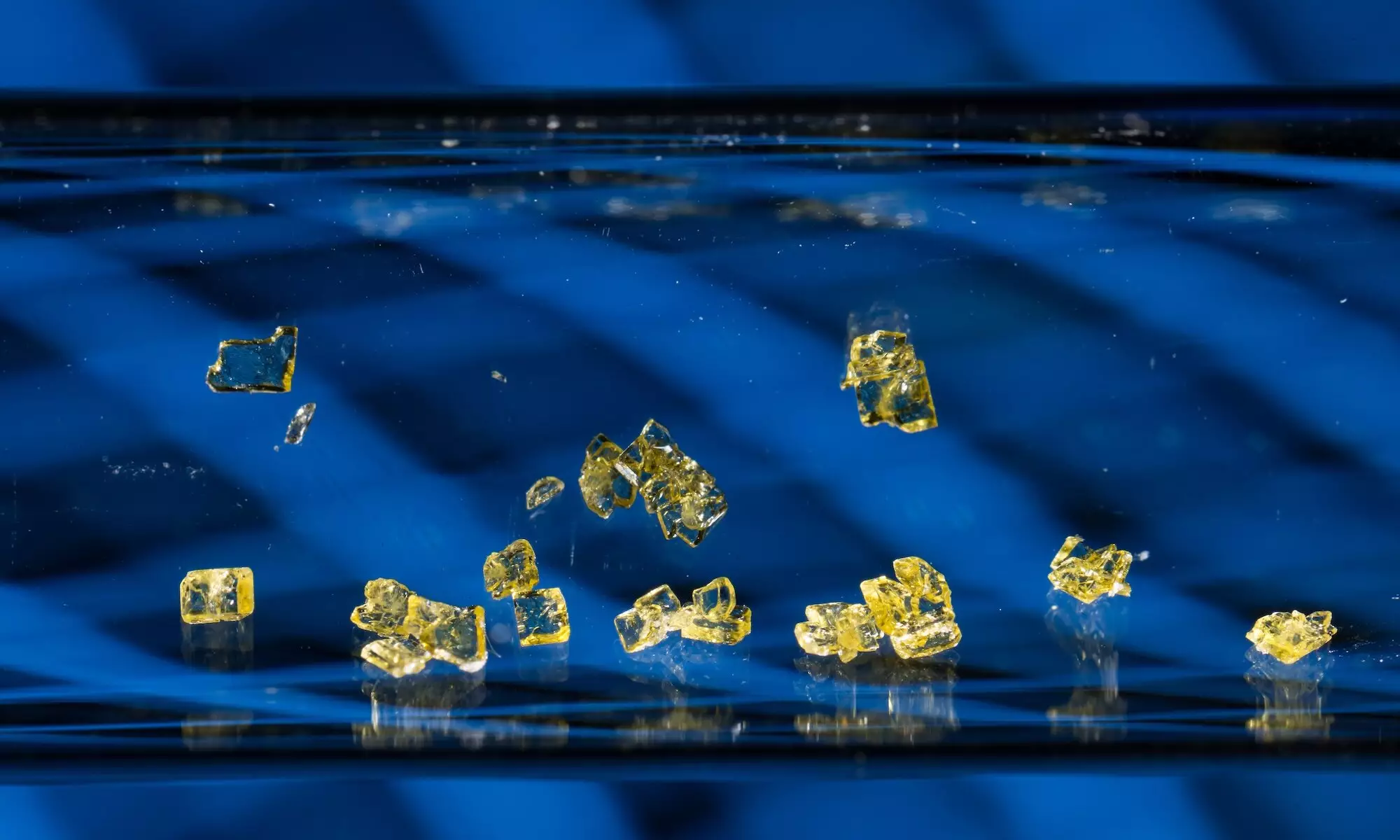The goal of achieving a high level of precision in creating complex medicines and materials has long been a focus for scientists and pharmaceutical companies. This precision could potentially lead to the development of more effective drug treatments. The recent research conducted by scientists at the University of Rochester, under the leadership of Shauna Paradine, an assistant professor in the Department of Chemistry, has resulted in a groundbreaking method that utilizes a chemical “helper” to guide reactions with extreme accuracy. Published in Nature Communications, the research not only opens the door for more efficient drug development but also offers fundamental advancements in creating new materials.
In chemical reactions, there are numerous ways that two molecules can come together. However, controlling these interactions precisely has always posed a challenge for scientists. Sometimes molecules exhibit a bias, known as substrate bias, in the way they interact, preferring to react or combine in a specific manner. Paradine highlights that overcoming this bias provides the ability to access configurations of product molecules that would otherwise be inaccessible. The team discovered a method to overcome substrate bias by using a ligand, thus making the reaction more accurate. The ligand has the capability to change the direction in which molecules react without affecting any other part of the chemical process.
Phosphorus-Based Ligands
Paradine and her team experimented with various phosphorus-based ligands, commonly used in reactions involving palladium metal. Out of the many ligands tested, only one was able to alter the selectivity of the reaction. Paradine likened this discovery to finding a needle in a haystack. While the researchers used a specific ligand in a particular reaction for the study, they were able to develop a predictive model from the data to understand the selectivity observed in reactions. This model aids in determining how different ligands impact a reaction, paving the way for adopting a ligand-centered approach in various chemical reactions.
The implications of this research in drug discovery and development are significant. The products generated through this method contain core structures commonly found in biologically active molecules. According to Paradine, fine-tuning a molecule to optimize its properties is crucial in drug discovery. Traditionally, altering and optimizing a molecule’s properties in pharmaceutical research requires a substantial amount of work. However, by simply changing the ligand, scientists can now obtain different configurations of a molecule from the same reaction. This innovative approach enables the rapid and selective creation of complex and beneficial molecules, offering researchers more options to explore in chemical space.
The method developed by the University of Rochester scientists, led by Shauna Paradine, represents a significant breakthrough in precision chemistry. By utilizing a ligand to overcome substrate bias, the research not only enhances the accuracy of chemical reactions but also provides valuable insights for future applications in drug development and material creation. This innovative approach has the potential to revolutionize the field of chemistry and pave the way for more efficient and effective drug treatments in the future.


Leave a Reply